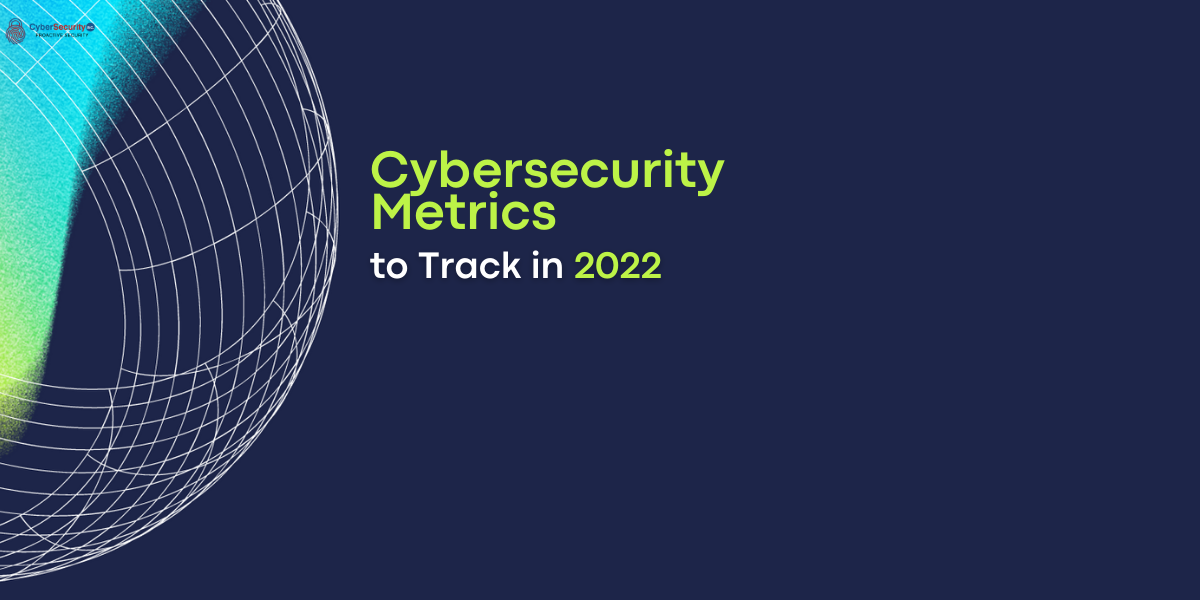Cybersecurity is an issue faced by nearly all organizations around the world today. As a result, organizations need ongoing safety checks and necessary precautions to prevent their businesses from potential cyber threats. But, even if you have already invested in cyber security solutions, are you tracking your efforts? The best way to address each of these threat vectors is by using quantifiable cybersecurity metrics.
What are Cybersecurity Metrics:
There is a significant dissimilarity between perceived security and actual security. Perceived security is what you wish to be in place of your organization. On the other hand, actual security is much more difficult to understand. This is because actual security demands verifications – not just what you believe to be in place. Cybersecurity metrics will provide you with that verification. In addition, measuring the performance of your cybersecurity practices will help you determine the efficiency of your security processes and controls and detect areas for improvement.
What Cybersecurity Metrics do you need to track?
You can measure the effectiveness of your security practices by monitoring and reporting on the right metrics. Here are some key stats to keep in mind;
1- Type of Botnet Infections:
The most important aspect to understand is to know the quantity and types of botnets that can infiltrate your system. If some botnet breaches your network, it can send whatever data it collects right back to the server that’s controlling it. This means your devices are at risk of being tricked into routing confidential information directly into the hacker’s hands. However, if you know what type of botnets you are up against regularly, you will be better able to install the right additional safety measures. You can work with a cyber security consultant company to implement these safety measures.
2- Quantity of Unpatched Vulnerabilities:
The critical step to determining the number of vulnerabilities in your system is conducting regular internal network audits or using third-party software to scan for vulnerabilities. As soon as you identify these vulnerabilities, it’s crucial to patch them as soon as possible. When a new version or update comes out, it might have some bugs that aren’t completely worked out just yet. As soon as these buds are identified, providers use to release patches to keep your systems safe from any cyber threat. In case, you haven’t invested in Cybersecurity yet, having vulnerability assessment and penetration testing services will help you identify the bugs in your applications and systems.
3- Quantity of Properly Configured SSL Certificates:
When it comes to SSL certificates, ask yourself these two questions. Do they meet the accepted security level, and is your server configured adequately for them? Having a properly configured SSL key ensures that when a device in your network communicates with each other, the exchange becomes secure. Wise versa, if the answer to the above questions is “NO,” it means that your SSL keys are exposed to external hackers. To protect your system from such beaches, you need to ensure that your business and the third parties you are communicating with through your network have SSL certificates configured adequately in place.
4- Percentage of Employees with User Access:
You might have no idea how much your employees can affect your cybersecurity health. It just takes one accidental click to open an opportunity for a hacker to get into your network through an employee’s user privilege. In fact, more than 80% of cyberattacks are caused by human error. Thus, it’s very crucial to monitor who in your organization has access to what. It is also very important to make sure that if an employee leaves your organization, you must revoke all the access immediately.
By keeping track of all these above-mentioned metrics, you will have peace of mind that your cybersecurity practices are protecting your organization adequately. If you further need assistance, you can always take help from companies providing cyber security solutions in USA.

